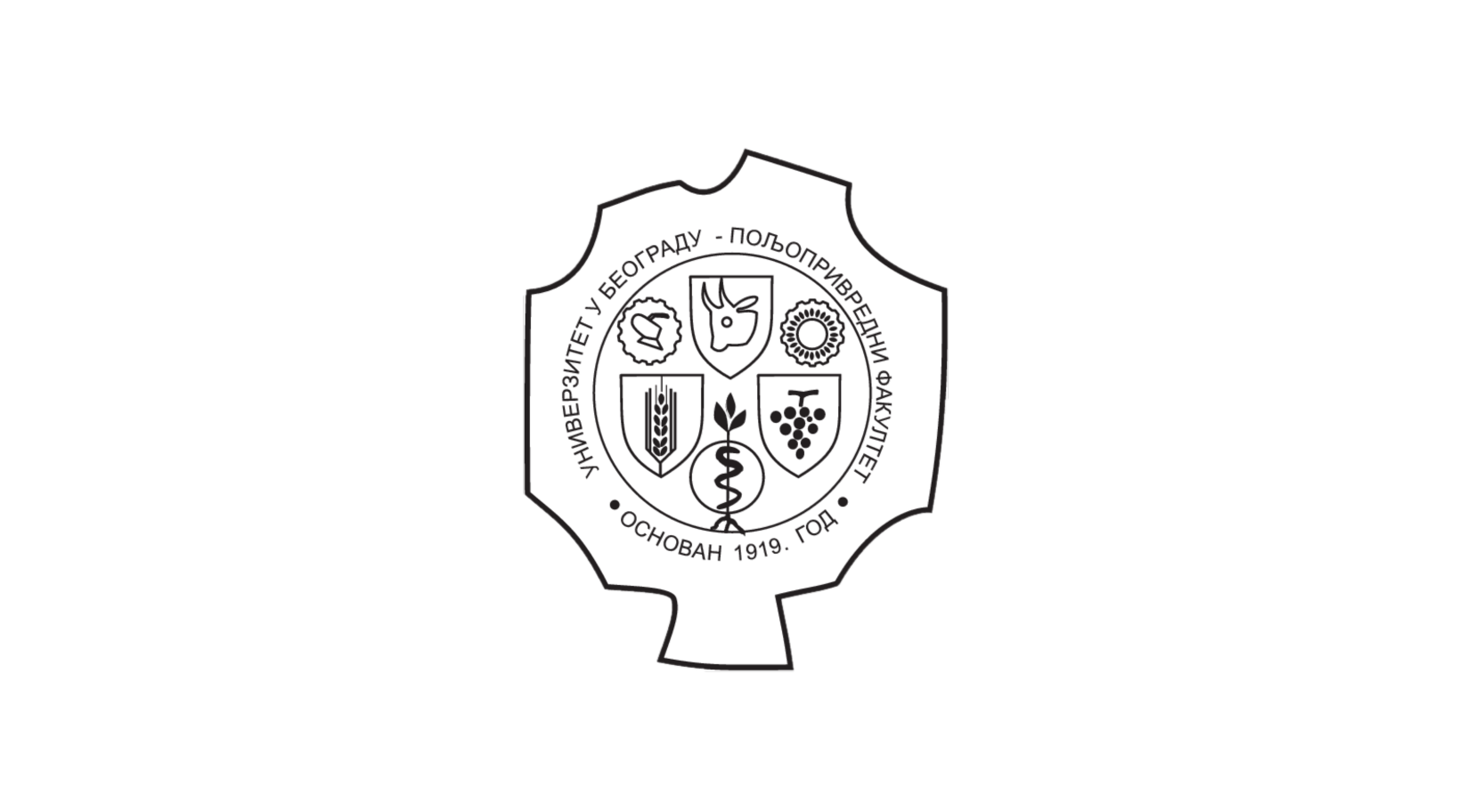Приказ основних података о документу
ANTIMICROBIAL ACTIVITY OF SUPERCRITICAL EXTRACTS FROM WILD THYME (THYMUS SERPYLLUM L.) BY-PRODUCTS
| dc.creator | Sknepnek, Aleksandra | |
| dc.creator | Miletić, Dunja | |
| dc.creator | Mrkonjić, Živan | |
| dc.creator | Zeković, Zoran | |
| dc.creator | Nedović, Viktor | |
| dc.creator | Pavlić, Branimir | |
| dc.date.accessioned | 2024-01-31T11:39:53Z | |
| dc.date.available | 2024-01-31T11:39:53Z | |
| dc.date.issued | 2022 | |
| dc.identifier.isbn | 978-86-6253-160-5 | |
| dc.identifier.uri | http://aspace.agrif.bg.ac.rs/handle/123456789/6832 | |
| dc.description.abstract | Antimicrobial resistance to antibiotics is growing, affecting increased burden of the health system and higher incidence of human fatal outcomes. Therefore, the research of novel antimicrobial substances is of crucial importance. Wild thyme (Thymus serpyllum L.) extracts were obtained using different conditions of green and environmentally-friendly supercritical fluid extraction. Sample SFE-TSŽ2 was prepared at 350 bar and 50 °C, while SFE-TSŽ7 was extracted at 100 bar and 40 °C. Broth microdilution method was applied to determine how different extraction conditions reflect on sample antimicrobial activity against pathogenic microorganisms. Two Gram positive strains, Staphylococcus aureus ATCC 25923 and methicillin-resistant Staphylococcus aureus (MRSA), stood out as the most sensitive to both samples (minimal inhibitory concentration, MIC value below 0.02 mg/mL). Bactericidal effect of the sample SFE-TSŽ2 was found for all Gram-positive strains, with minimal bactericidal concentrations (MBC) lower than for SFE-TSŽ7, except for Staphylococcus aureus (MRSA) when the same effect of both extracts was found. Significant difference between samples was observed in inhibitory activity against Gram-negative bacterial strains, revealing higher efficiency of SFE-TSŽ2 compared to SFE-TSŽ7. The most sensitive to both samples were Proteus hauseri ATCC 13315 and Yersinia enterocolitica ATCC 27729 with the same MIC values (0.83 mg/mL for SFE-TSŽ2 and 2.5 mg/mL for SFE-TSŽ7). SFE-TSŽ2 also expressed inhibitory and fungicidal effects against Candida albicans ATCC 1231 yeast (MIC 2.5 mg/mL; minimal fungicidal concentration, MFC, 10 mg/mL), while SFE-TSŽ7 showed no activity. Obtained results showed that applied extraction conditions affected antimicrobial activities, most probably due to the differences in chemical compositions. | sr |
| dc.language.iso | en | sr |
| dc.publisher | University of Novi Sad, Faculty of Technology Novi Sad,Bulevar cara Lazara 1, 21000 Novi Sad, Serbia | sr |
| dc.relation | info:eu-repo/grantAgreement/ScienceFundRS/Ideje/7750168/RS// | sr |
| dc.relation | info:eu-repo/grantAgreement/MESTD/inst-2020/200116/RS// | sr |
| dc.rights | openAccess | sr |
| dc.rights.uri | https://creativecommons.org/licenses/by/4.0/ | |
| dc.source | 2nd International Conference on Advanced Production and Processing (ICAPP 2022) | sr |
| dc.subject | Antimicrobial Activity | sr |
| dc.subject | Supercritical Fluid Extraction | sr |
| dc.subject | Thymus Serpyllum | sr |
| dc.title | ANTIMICROBIAL ACTIVITY OF SUPERCRITICAL EXTRACTS FROM WILD THYME (THYMUS SERPYLLUM L.) BY-PRODUCTS | sr |
| dc.type | conferenceObject | sr |
| dc.rights.license | BY | sr |
| dc.citation.spage | 170 | |
| dc.identifier.fulltext | http://aspace.agrif.bg.ac.rs/bitstream/id/26088/bitstream_26088.pdf | |
| dc.identifier.rcub | https://hdl.handle.net/21.15107/rcub_agrospace_6832 | |
| dc.type.version | publishedVersion | sr |


